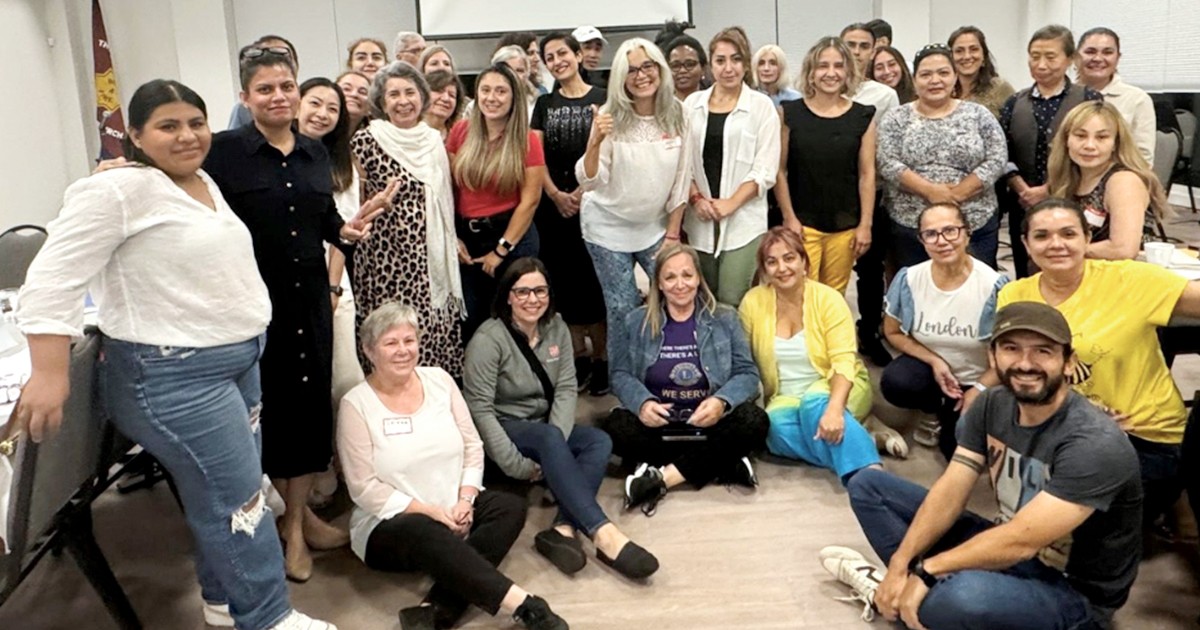 As we bask in the sun over these final weeks of summer, we also anticipate a return to work, school and church activities. While some of us will resume established routines, others will embark on new experiences. For many, this is a time of renewal and optimism as we outline our plans and objectives for the coming year.
As we bask in the sun over these final weeks of summer, we also anticipate a return to work, school and church activities. While some of us will resume established routines, others will embark on new experiences. For many, this is a time of renewal and optimism as we outline our plans and objectives for the coming year.
Salvation Army churches must also look to the future. What programs will we carry out this year? Will we continue with the same activities we've had for years or introduce new ones? What programs should we keep, merge or discard? Who will lead them? Is it time for new leadership? Are we meeting the needs of our congregation and neighbourhood? How can we build strategic relationships with the community?
Ministry Trends
I won't presume to answer all of these questions, but I will examine several ministry trends and opportunities emerging across the territory.
Many communities in Canada have seen a significant influx of people from other countries. This has presented The Salvation Army with exciting opportunities for outreach, resulting in many congregations becoming more multicultural. As our corps connect more intentionally with newcomers to Canada, we can build ministries around those relationships. For example, we can offer conversation groups for English as a second language students, multilingual worship and Bible studies, and support groups for various areas of human need, especially for friendship and fellowship.
Another trend is greater community awareness. There is definite momentum towards integrated mission, also referred to as community capacity development. Corps members are taking a good look at their neighbourhood, getting to know people personally, discovering community strengths and needs, and partnering with others to co-create ministry initiatives. I recently visited two corps that are partnering with local government to provide services to seniors in the form of respite care and day programs. Several congregations are developing relationships with school boards and participating in lunch programs or anger management training.
A corollary to this trend is the integration of services. If a corps operates a family services unit, thrift store, day-care centre or hostel, the ministry is viewed as a whole. Everyone works diligently to connect people from one area of ministry to the other, recognizing that belonging to an Army program may be the first step to believing in Christ. This builds relationships and eventually community. Sometimes it's difficult to tell whether a ministry unit is a social services or corps setting—everything is so well blended.
Flexibility and Creativity
Another trend in our society is the migration of people from rural areas to cities for school or work opportunities, often leaving rural corps short of personnel and finances. This has called for flexibility and creativity. Many smaller corps have transitioned to having one corps officer give leadership, rather than the traditional officer couple. In other locations, some corps operate as outposts, networks or within the circuit of other Salvation Army churches. This allows officers to give oversight to multiple corps within a geographic location.
Another opportunity for corps is the enhancement of family, children and youth ministries. Over the last few decades there has been a decline not only in church attendance but in family and youth activities. The good news is that the Evangelical Church is beginning to reverse that trend. The Salvation Army has taken seriously the mandate to have a flourishing ministry to families in every corps. Additional personnel have been assigned to this area of focus, new curriculum is being developed, a study on the retention of youth has been commissioned and many corps have developed programs that encompass youth and their families, such as those that feature music and sports.
These are only a few of the trends and opportunities to think about as you prepare for the fall. The challenge is to honestly reflect on the health of your church and community. Here are a few suggestions to help you think this through:
1. What are your main goals for this year? What is God calling you to be and do? As a church, what do you want to accomplish? To whom do you want to reach out and offer support?
2. Look at your strengths, weaknesses, opportunities and desired results. These will provide further clarity about what areas of ministry you should focus on.
3. Finally, make a note of the things you value. What do you appreciate about your church and your community? How will you build on this?









Leave a Comment